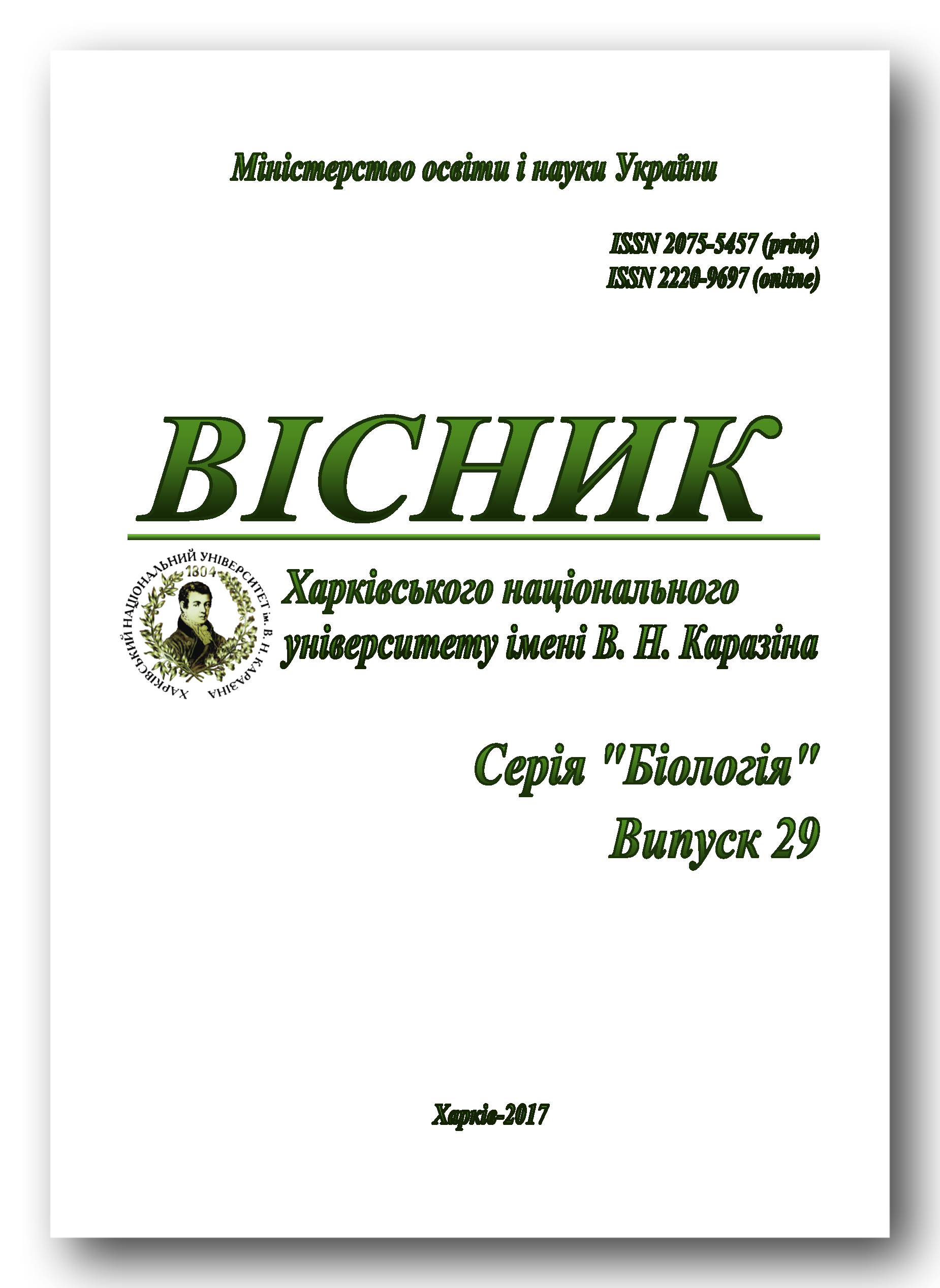The etiological role and sensitivity of anaerobic bacteria isolated from patients with purulent necrotizing pancreatitis to antibiotics
Abstract
In order to find out the possibility of obligatory administration of drugs with anti-anaerobic activity in combined or monotherapy in the treatment of patients with acute necrotic pancreatitis, the species composition of obligate anaerobic microorganisms in the surgical material from these patients was studied and their susceptibility to antimicrobial drugs was determined. 86 patients were diagnosed with acute necrotizing pancreatitis, of which 51 male patients (mean age 49.6±11 years old) and 35 female patients (mean age 56±12 years old). 63 strains of anaerobic microorganisms were isolated from the purulent content of the patients. The high sensitivity of the anaerobic microflora was revealed mainly to vancomycin – 89.8%, imipenem – 88.7%, colistin – 80.6% and meropenem – 82.2%. This indicates the expediency of wider application of used drugs and their analogues in anaerobic infections treatment in patients with acute necrotizing pancreatitis. The results of other authors concerning high resistance of anaerobic microorganisms isolated from patients with acute necrotizing pancreatitis to aminoglycosides have been confirmed. The reduced sensitivity of the isolated strains to metronidazole (66.13%) has been revealed, as compared with revealed by other authors (99.2%).Downloads
Download data is not yet available.
Cited
How to Cite
Potochilova, V., & Voicehоvskii V. (1). The etiological role and sensitivity of anaerobic bacteria isolated from patients with purulent necrotizing pancreatitis to antibiotics. The Journal of V.N.Karazin Kharkiv National University. Series «Biology», 29(2), 77-81. https://doi.org/10.26565/2075-5457-2017-29-9
Issue
Section
MICROBIOLOGY
Authors retain copyright of their work and grant the journal the right of its first publication under the terms of the Creative Commons Attribution License 4.0 International (CC BY 4.0), that allows others to share the work with an acknowledgement of the work's authorship.




